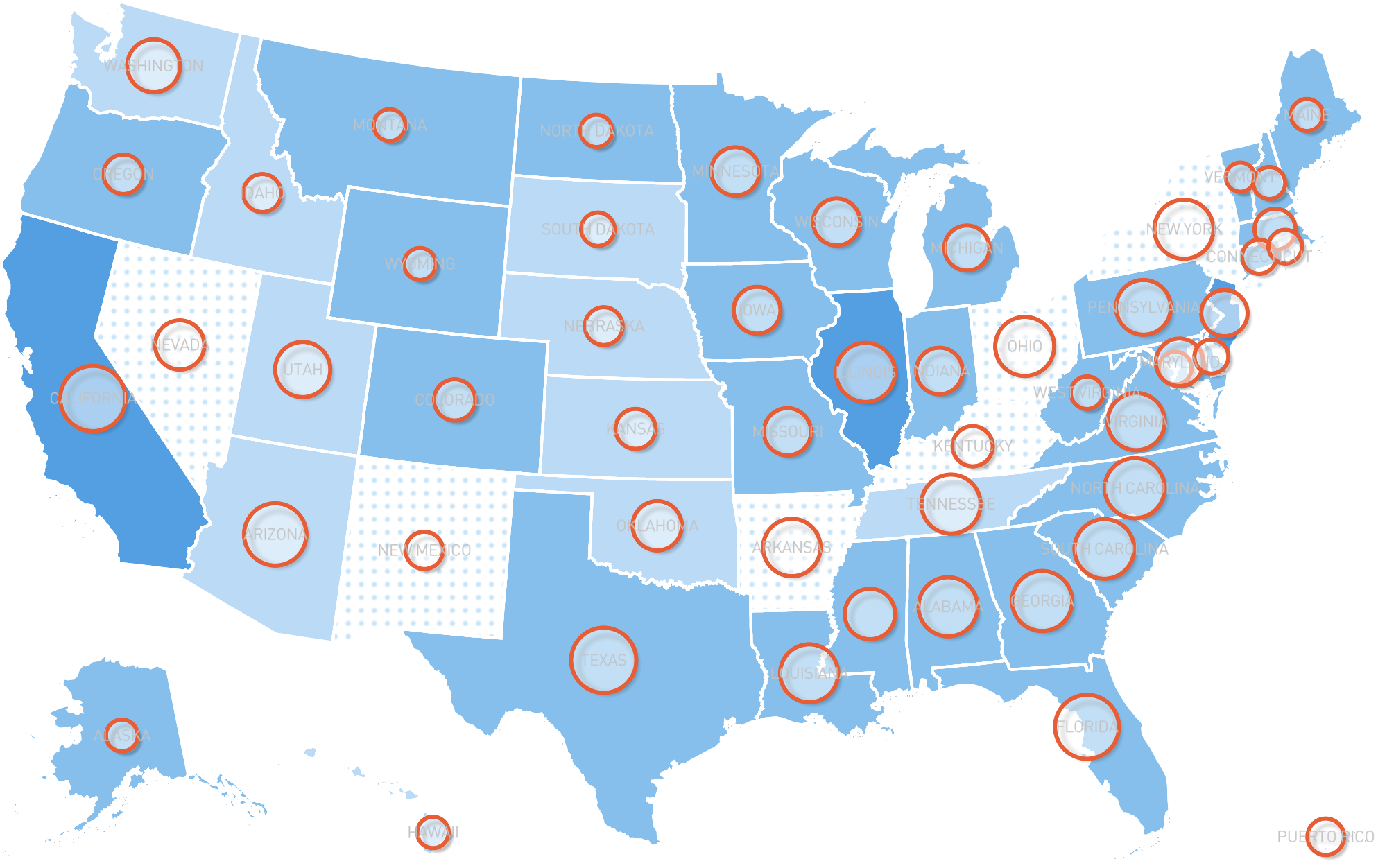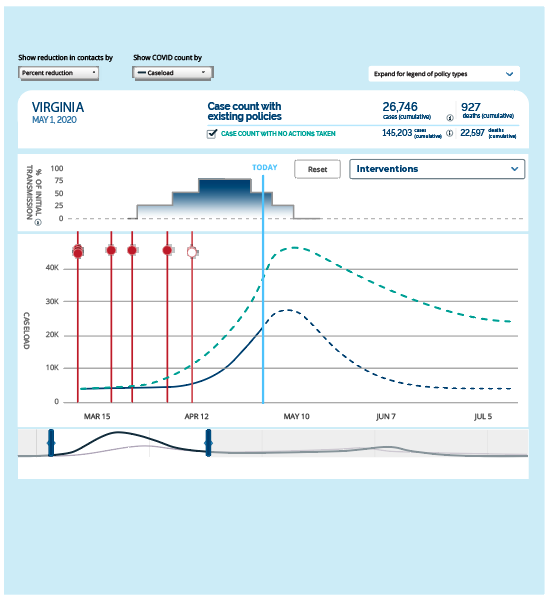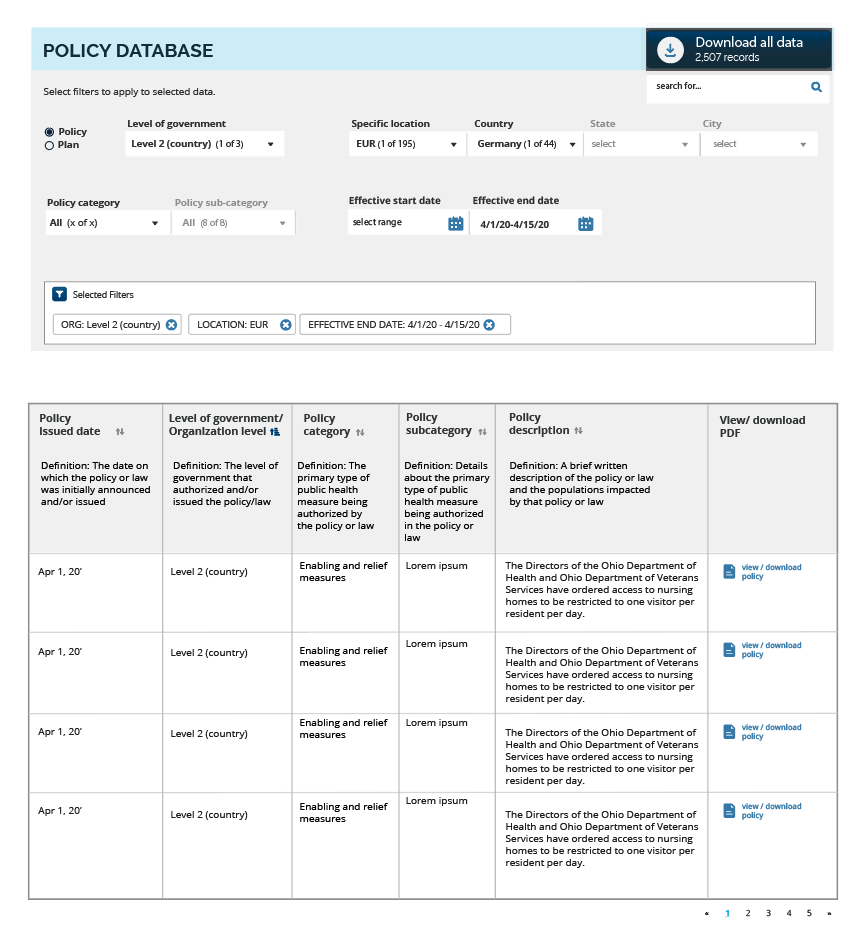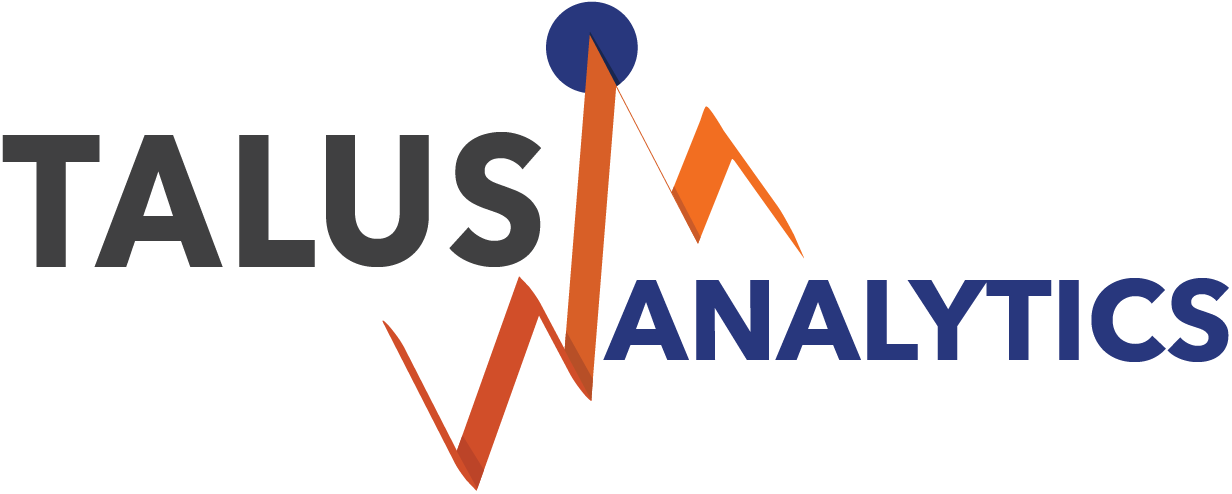From a “Box” to a Blog: Emergency Management Training Resources to Tackle COVID-19
Jul 27, 2020
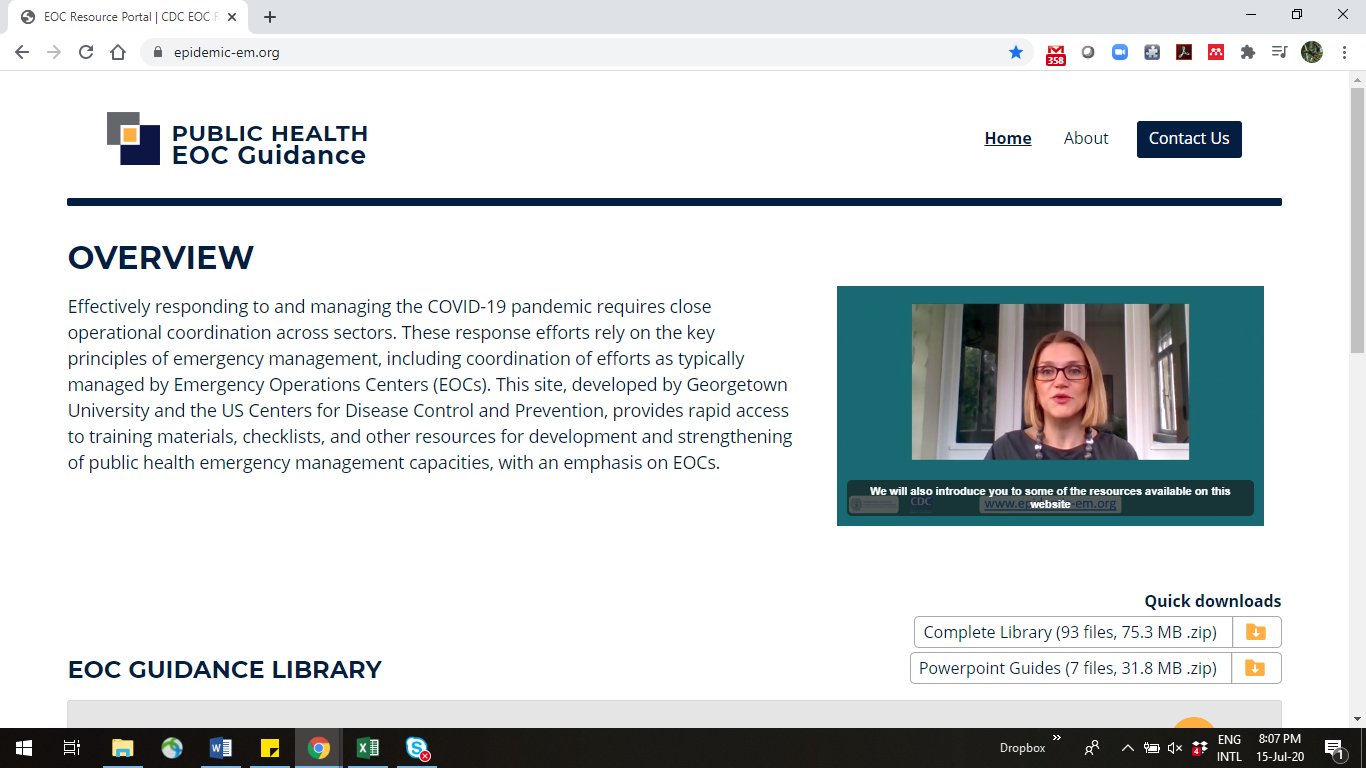
Claire J. Standley & Jim Banaski
This story begins long before COVID-19, way back in 2014. Jim Banaski, then a public health emergency management specialist at the U.S. Centers for Disease Control and Prevention (CDC), had spent many years supporting partner countries in developing and operationalizing emergency operations centers, as part of a suite of activities to improve readiness and response to public health events. Claire Standley was serving as an AAAS Science & Technology Policy Fellow at the U.S. Department of State, overseeing programs focused on infectious disease preparedness across countries in sub-Saharan Africa and the Middle East. Having already worked together to support the implementation of an emergency operations center (EOC) in Jordan, Claire and Jim found themselves facing a new challenge. Colleagues from the Ministry of Health in Iraq had learned of the project in Jordan, and were interested in designing their own public health EOC; they asked Claire and Jim for help. However, at the time, travel to Iraq was extremely restricted for U.S. government personnel, and as a result, Jim would not be able to provide technical assistance in the usual ways – normally involving in-person meetings, site visits, and lots of face-to-face time with stakeholders and partners on the ground. Instead, Jim and Claire devised a project that would focus on the development of self-directed training materials, which could be delivered remotely, or uploaded via CD or USB drive. The end result was a comprehensive suite of training presentations and supporting resources, that provided users with an introduction to the principles of emergency management and walked them through the steps required to design, equip, activate, operate, and deactivate an EOC, as well as ensure staff were appropriately prepared and trained. They called it the “EOC in a Box”, and although partners requested for the materials to be made available through a website, there wasn’t an opportunity—or funding—to do so at the time.

Figure 1: One of the vintage “EOC in a Box” CDs
The story could have ended there, except for the coming of COVID-19. Suddenly, in just a few short months, travel has all but ceased, and every country in our world is grappling with responding to an unprecedented public health emergency. Recognizing similar challenges in terms of access and travel restrictions, Jim realized the “EOC in a Box” could be a useful tool to support countries and even local authorities by providing them with key tools and resources to enhance their emergency management capabilities. Since emergency management, at its core, focuses on improving coordination and communication, especially across disparate functions, during a response, it can be particularly useful when applied to a complex, dynamic crisis like COVID-19. Jim quickly got the green-light from the CDC, and reached out to Claire, now at Georgetown University’s Center for Global Health Science and Security, to update the materials with a specific focus on COVID-19 response activities. With funding from the CDC Foundation, via the Bill & Melinda Gates Foundation, and technical support from Talus Analytics, the team has launched the Epidemic Emergency Management website, comprising of self-directed training materials on EOC design, development, and operationalization, as well as a bounty of associated resources to provide further support. The website is also intended to serve as a portal for outreach and questions about the process of building public health emergency management capabilities, including EOCs, and a means for the project team to provide additional technical assistance when necessary.
 *Figure 2: The homepage for (www.epidemic-em.org), providing training materials and resources on using emergency management to support the COVID-19 response*
It took over six years to turn the “EOC in a Box” into an online and open-access resource. We hope that it proves useful, as a means of supporting the herculean efforts already made by the WHO, CDC, Ministries of Health, and local health departments around the world to fight the COVID-19 pandemic, and any future epidemic threats.
*Figure 2: The homepage for (www.epidemic-em.org), providing training materials and resources on using emergency management to support the COVID-19 response*
It took over six years to turn the “EOC in a Box” into an online and open-access resource. We hope that it proves useful, as a means of supporting the herculean efforts already made by the WHO, CDC, Ministries of Health, and local health departments around the world to fight the COVID-19 pandemic, and any future epidemic threats.

